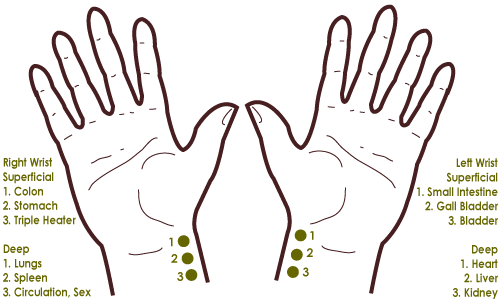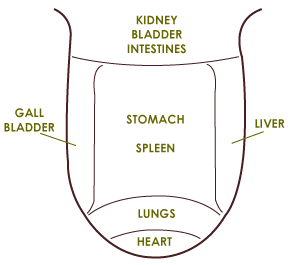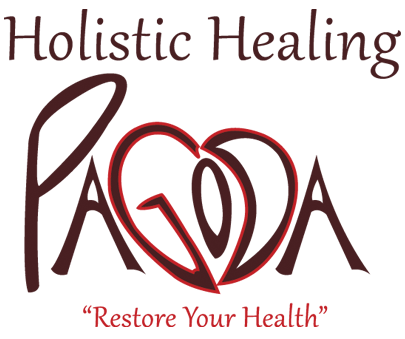What is Acupuncture?
Acupuncture is a 5,000-year-old medical treatment that has evolved into a complete and effective holistic health care system that has helped billions of people get well and stay healthy. Acupuncture and Chinese herbal medicine are non-invasive treatments that promote natural healing that can uncover the underlying cause(s) of the symptoms being experienced. It can also strengthen the immune system and support physical and emotional health to prevent illness and disease. Acupuncture is extremely safe, natural, drug-free, and effective. There are minimal or no side effects. Patients are often very surprised by how relaxed they are during and after the treatment.
What is Qi?
Qi (pronounced “chee”) or Life Energy is the vital energy in all living things. It is this Qi that allows us to engage in our daily activities. It is necessary for growth, development, movement and regulating body temperature, protection against illness and disease and overall regulation of the body. Our health is directly influenced by the quality, quantity and balance of Qi.
Just as rivers carry water to provide nourishment to sustain life on our planet, the meridians within our body are the rivers where Qi flows. This Qi is an invisible current that energizes, nourishes and supports the cells, muscles, organs, glands and tissues. Once the flow of Qi is corrected or the dam is unblocked, the energetic intelligence of the body is able to self-heal and restore health and balance to our life.
What can affect the quality, quantity and flow of Qi?
- Trauma: Physical and/or Emotional
- Stress
- Lack of Exercise
- Overexertion
- Seasonal Changes
- Poor Diet
- Accidents and Injuries
- Excessive Activity
Most often when imbalances occur within the body, it easily returns to a state of health and wellness. However, excessive or prolonged distruption of Qi, or a weakness in the body, can result in pain, illness and disease.
Diagnostic methods of observation & inspection, auscultation (listening), olfaction, (smelling), inquiring and palpation are used to access patients.

PULSE DIAGNOSIS:
The practitioner will palpitate 12 pulse positions on each wrist. Each of these positions corresponds to a specific meridian/organ and reflects their overall health. Problems often appear in the pulse.

TONGUE DIAGNOSIS:
The tongue is a map that acts as a mirror, as it reflects the general health of the meridian/organ. The practitioner will examine the color, shape, cracks and coating of your tongue.
*patients should not brush their tongues prior to their appointments.
